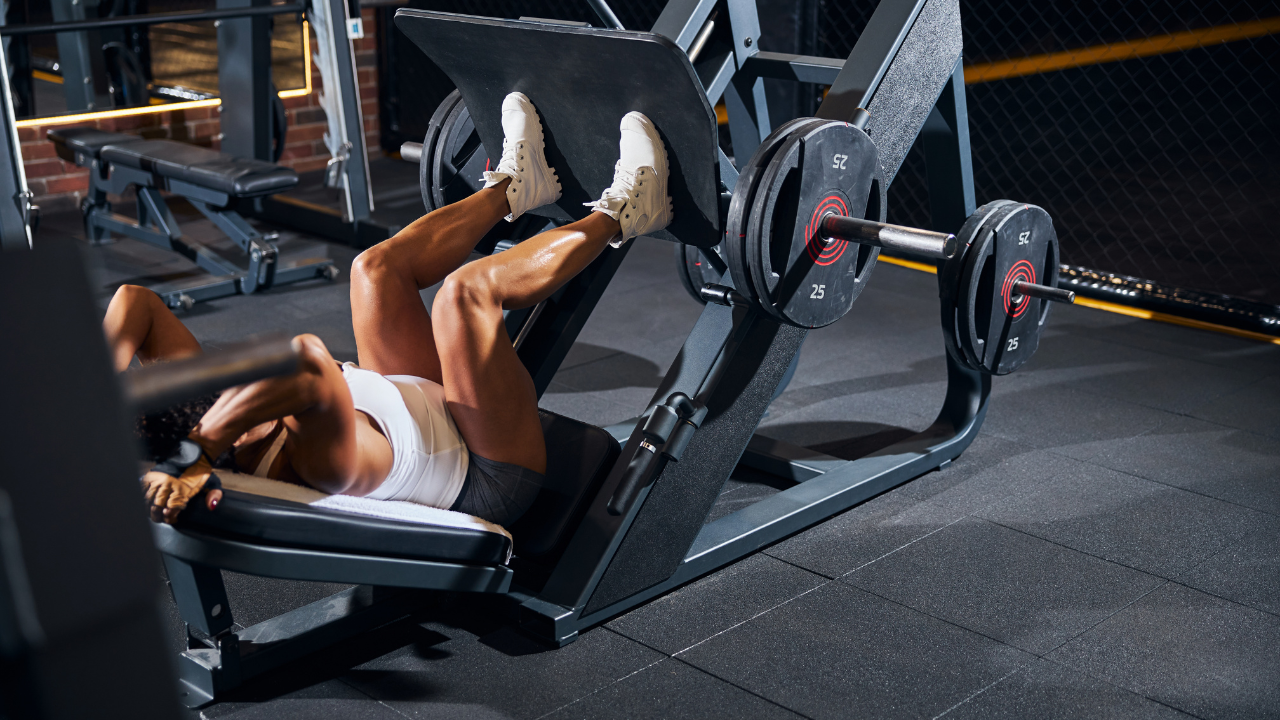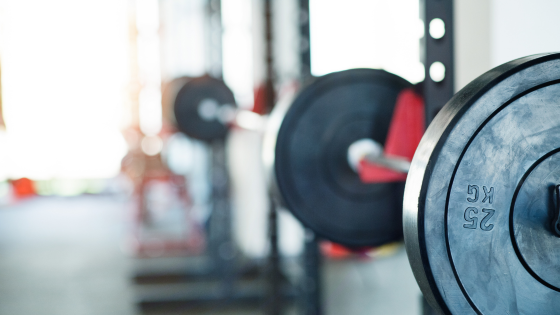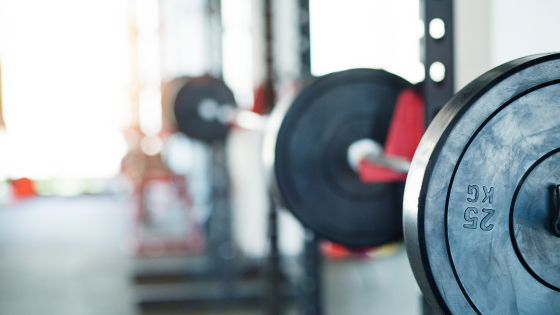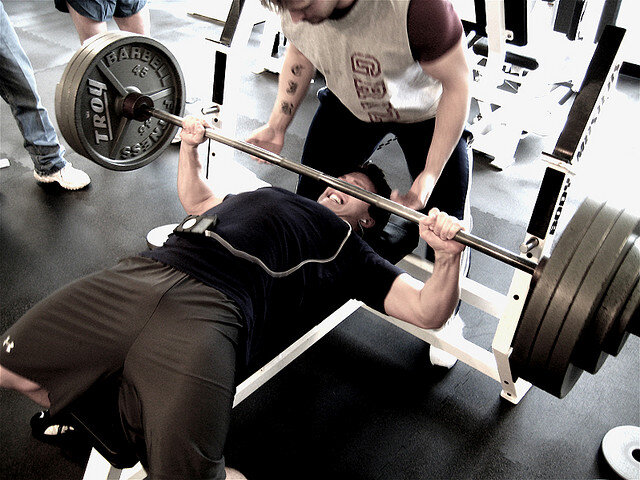

When The Leg Press Will Increase Your Squat, And When It Won’t
Training more muscle specific exercises (ex: leg press for the quads to help improve the squat) can have crossover effects with other lifts, but the more they have in common with the lift, the more effective they will be.

Why You Can’t Combine Exercises To Get The Best Of Both
Multi-joint exercises, sometimes called “compound exercises,” are great for strength and muscle building because those exercises work many muscle areas at once. Single-joint exercises are a great way to supplement these because those target areas that don’t get targeted as much during multi-joint compound exercises. However, other “compound” exercises - which are usually just disparate exercises put together either in a circuit using the same weight or mashed into one movement - aren’t good for maximizing your effort because they are limited by the weakest area involved in the exercises. Because our lower bodies tend to be stronger than our upper bodies, we cannot progress properly if our lower body lifts (deadlift, squat, etc) are limited by how much we can lift during our upper body lifts (bench, overhead press).

Are full range of motion or lengthened partials better for building muscle and strength?
Full range of motion and partials are two methods for varying your lifting, which involve manipulating the distance that you move the weight. Research generally showed that full range of motion is better than partials, but recent research has started to change on this subject. Recently, the training of “lengthened partials” came around, and shows us that actually, partials may sometimes be better than full range of motion.

What is the belt squat?
The belt squat is a variation of the squat in which the weight is anchored to the waist via a belt, rather than a standard loading method. This may be beneficial for some lifters as it removes the spine from the equation, and may enable you to put more loading on the legs/quads directly. However, I believe that this also has some drawbacks, and may not be a universal benefit.

How Fast Should You Lift?
It’s commonly believed that slower reps produce better results, though recent research strongly contradicts this old school wisdom. While high speed reps generally produce better results, there are still some caveats and nuances to understand. Understanding these nuances will help you understand when to apply purposefully fast reps, and when it may help to slow things down a bit.
